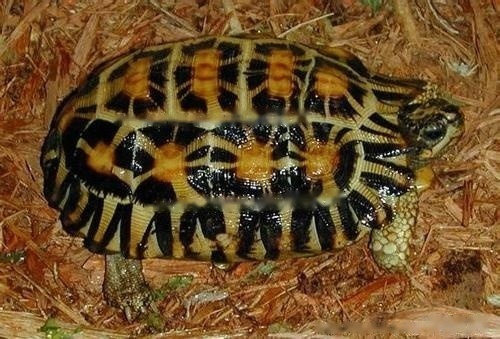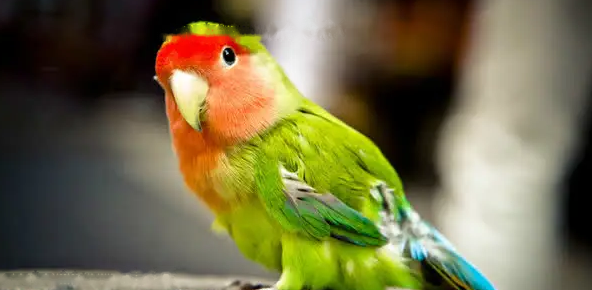The procedures for raising turtles in my country are very strict, especially for species endangered tortoises, the procedures are particularly troublesome, but passing the procedures means that Now you can raise this kind of tortoise. Due to the destruction of the environment and people's random hunting, the flat-tailed tortoise is becoming less and less, and it has almost earned income from endangered animals in our country. Should such a precious tortoise be raised properly? How to feed it?

1. Behaviour of flat-tailed tortoises
Flat-tailed tortoises The seasonal activity of the tortoise is affected by the rainy season. The rainy season usually lasts for four months. Outside the rainy season, the flat-tailed tortoise is very quiet and almost inactive. It is really a very boring tortoise. From April to early September, flat-tailed tortoises go into a state of aestivation, in which the tortoises stay motionless in the same spot for several weeks. During this period, flat-tailed tortoises also hardly eat much. This behavior has to be comfortable for every tropical tortoise owner.
During the dry season, in order to regulate the moisture in the turtle's body, the turtle will take a bath once a month. At the beginning, the water intake of the flat-tailed tortoise in the tank is very difficult, only the water droplets on the head will be drunk. This means one thing, flat-tailed tortoises in the wild draw water through dew on their bodies. It took a few months for the flat-tailed tortoise to learn to drink from a small saucer.
2. Breeding of flat-tailed tortoises
The first mating behavior occurred at the end of July. By simulating the onset of the rainy season, multiple mating behaviors occurred after the emergence of September and continued until March of the following year. The rainy season was simulated by an ultrasonic fog machine, with five 1/4 hour sprays and one 1/2 hour spray during the day, when the breeding tank was completely filled with fog.
At the end of August, the first female turtle showed digging behavior, and the so-called trial digging action did not appear. The process of spawning is usually completed within half an hour, and the signs of preparation for spawning can be confirmed by the hormonal activity of the plastron before spawning. This behavior is almost invisible if not for spawning.
The female turtle usually stays in the spawning position for 2-3 days before looking for food. Usually only one egg is laid at a time, but it can lay four to five times a year. The diameter of the nest where the eggs are laid is about 5 cm, and the eggs are buried about 6 to 8 cm deep. By spraying the bottom bed continuously, it can prevent the eggs from being destroyed when excavating for egg retrieval. Sufficient high humidity also ensures hatchability. The eggs are buried without difficulty in the bottom bed of the feeding trough, which consists of a fertilizer-free cultivation soil mixed with cannabis weed. Such a mix has worked well for many years without getting moldy, even when the humidity is high.
![[Dog Training 5] The training method of pet dog dining etiquette](/static/img/12192/12192_1.jpg)




